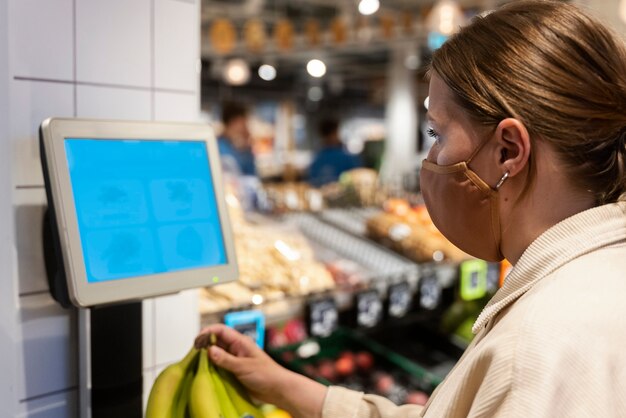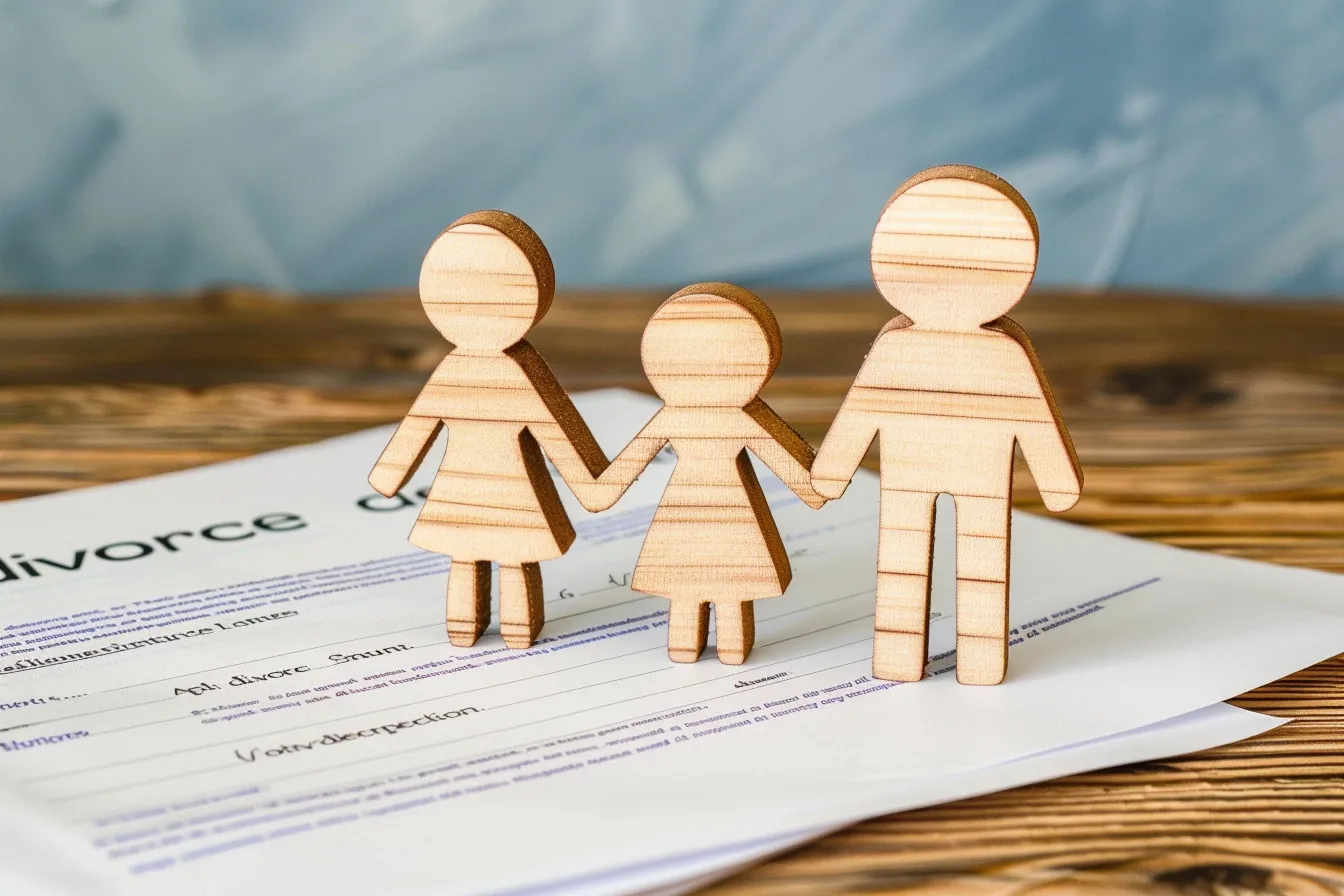Retail businesses are continuously changing, and data-driven strategies are increasingly essential to remain competitive. Understanding customer movements, patterns of shopping, and store performance can assist businesses in making informed choices. This is where intelligent retail analytics is crucial.
Smart retail analytics entails using data to improve operations, customer experience, and overall business efficiency. One key tool used in this process is the footfall counter. It gives insight into the number of customers who enter a store, their patterns of movement, and how they engage with the store.
Retailers can use foot traffic data to make better decisions about staffing, marketing, inventory, and store layout. This blog focuses on the importance of tracking footfall in retail analytics and how businesses can efficiently benefit from the data.
Understanding Footfall Counters in Retail
A counter for footfall is a piece of equipment or system that tracks the number of people visiting a space. It assists businesses in tracking the points where customers enter and leave, analyzing patterns of movement, and analyzing store performance.
Types of Footfall Counters:
Retailers may use a variety of techniques to monitor the footfall of customers, such as:
- Infrared Sensors installed at entry points can detect when a person crosses the boundaries of a particular zone.
- Camera-Based Systems- Make use of video analytics to monitor movement and gain data.
- Wi-Fi and Bluetooth Counters – Find mobile devices to calculate the amount of foot traffic.
- AI-Powered Counters- Combining multiple data sources to improve accuracy.
Whatever method you choose, tracking foot traffic can provide businesses with valuable data that can be utilized across a variety of retail businesses.
How Footfall Counters Contribute to Smart Retail Analytics
The field of retail analytics covers more than numbers. It’s about understanding how customers interact with stores. Data on foot traffic can provide important information retailers can utilize to enhance their business operations.
1. Tracking Customer Movement and Shopping Behavior
By studying exit and entry patterns, stores can determine the peak shopping times, know how customers move around the store, and adjust the layout accordingly. This allows businesses to place highly demanding items in the most important areas to ensure better visibility.
2. Optimizing Store Operations
Knowing when stores are busiest will allow managers to plan their employees efficiently. For example, if information shows that afternoons are the busiest times for the entire day, companies can ensure that enough staff is on hand to assist customers, reducing wait times at the checkout counters.
3. Enhancing Business Insights through Integrated Data
When paired with other analytics tools, foot traffic data can be even more potent. When combined with sales data, companies can analyze customer visits against actual purchases, offering insights into the conversion rate.
Key Benefits of Using Footfall Counters in Retail Analytics
1. Optimizing Store Layout & Product Placement
Knowing how people move through the store will allow businesses to put popular products in areas with greater exposure. If areas aren’t being used and need to be rearranged, it can be done to increase customer engagement.
2. Staff Allocation & Workforce Management
Retailers can use foot traffic data to determine the need for additional staff. This helps reduce labour costs while maintaining customer service levels at peak hours.
3. Measuring Marketing Effectiveness
Retailers invest money in promotions to attract more customers, but assessing the effectiveness of these campaigns can be difficult. By comparing foot traffic before and after a promotion, companies can assess the success of their campaigns and adapt their strategies for the future.
4. Enhancing Customer Experience
A well-designed store layout and the proper allocation of staff can enhance the customer experience overall. By reducing the amount of traffic and ensuring that customers can navigate through the store, businesses can create a pleasant atmosphere.
5. Boosting Sales Performance
Data on foot traffic can help companies identify areas with high levels of engagement but low conversions. By making necessary adjustments—such as changing product placement or offering targeted promotions—retailers can increase the likelihood of sales.
The Connection Between Footfall Counters & Other Retail Analytics Tools
Data on foot traffic is most efficient when combined with other retail analytics tools. Here’s how businesses can incorporate it with other sources of data:
1. Sales Reports & Conversion Rates
By comparing visitor numbers to sales figures, retailers can determine the number of people buying items versus those who walk away without purchasing anything. This assists in fine-tuning sales strategies.
2. Inventory Management
Knowing the peak shopping times can help businesses prepare shelves to ensure that the most sought-after products are always available.
3. Predictive Analytics for Future Trends
Retailers can utilize previous foot traffic trends to anticipate future visitor patterns. This aids in the planning of seasonal or special events and promotions for sales.
Industry Use Cases of Footfall Counters in Smart Retail
Different retail sectors can benefit from monitoring the footfall of customers in various ways.
1. Fashion & Apparel Stores
Fashion retailers use visitor information to alter store layouts, ensuring that the most profitable products are placed in the best places.
2. Supermarkets & Grocery Stores
By monitoring peak times, stores can handle checkout lines more efficiently and decrease customer wait times.
3. Shopping Malls
Malls track visitor statistics to determine how people traverse through the different sections, allowing better placement of tenants and marketing opportunities.
4. Electronics & Specialty Stores
Retailers that sell high-value products utilize foot traffic information to modify their in-store demonstrations and increase customer engagement.
5. Quick-Service Restaurants & Cafes
Food establishments utilize visitor information to anticipate busy times and ensure efficient service.
Challenges & Best Practices in Implementing Footfall Counters
While tracking foot traffic offers many benefits, businesses should be aware of the most common issues and best practices for successful implementation.
Challenges:
- Ensuring accuracy of data collection, particularly in areas with high levels of congestion.
- Concerns about the privacy of customers when using camera-based systems.
- Integration of data from foot traffic into existing retail software.
Best Practices:
- Pick a solution that aligns with your business’s needs and the store’s size.
- Analyze and regularly act upon your collected data to ensure continuous improvement.
- Keep data collection transparent to increase customer trust.
Conclusion
The counter of footfall is a crucial element in the field of smart retail analytics, helping retailers track trends in visitors and optimize their operations to improve customer experience. Whether it’s improving store layouts and staffing levels or assessing the effectiveness of marketing campaigns, data on foot traffic provides useful insights that help make better business choices.
Retailers that adopt data-driven strategies can create a more enjoyable shopping experience and boost overall performance. By combining information about foot traffic with other analytics tools that businesses use, they can develop an extensive strategy to understand and serve clients better.
FAQs
Q1. What is the role of footfall counters in studying customer behaviour?
They keep track of how many people visit a shop, where they go, and how long they remain. This data helps businesses improve their layouts, staffing, and marketing plans.
Q2. Do small-sized retail stores gain from counters for footfall?
Even small shops can benefit from visitor data to enhance staff management, adjust hours of operation, and analyze promotional activities.
Q3. What kinds of information can a footfall count provide?
Counters for footfall provide information about visitors’ numbers and peak hours, movement patterns, and time of stay in particular areas.
Q4. How accurate are footfall counters for tracking visitors?
Accuracy depends on the type of system being used. Counters with AI or camera-based technology provide more accurate information than standard infrared sensors.
Q5. Are footfall counters in compliance with privacy laws?
Most foot traffic tracking applications are created to protect users’ privacy by analyzing movement patterns instead of collecting personal information. Companies must always ensure that they comply with local laws regarding data protection.



